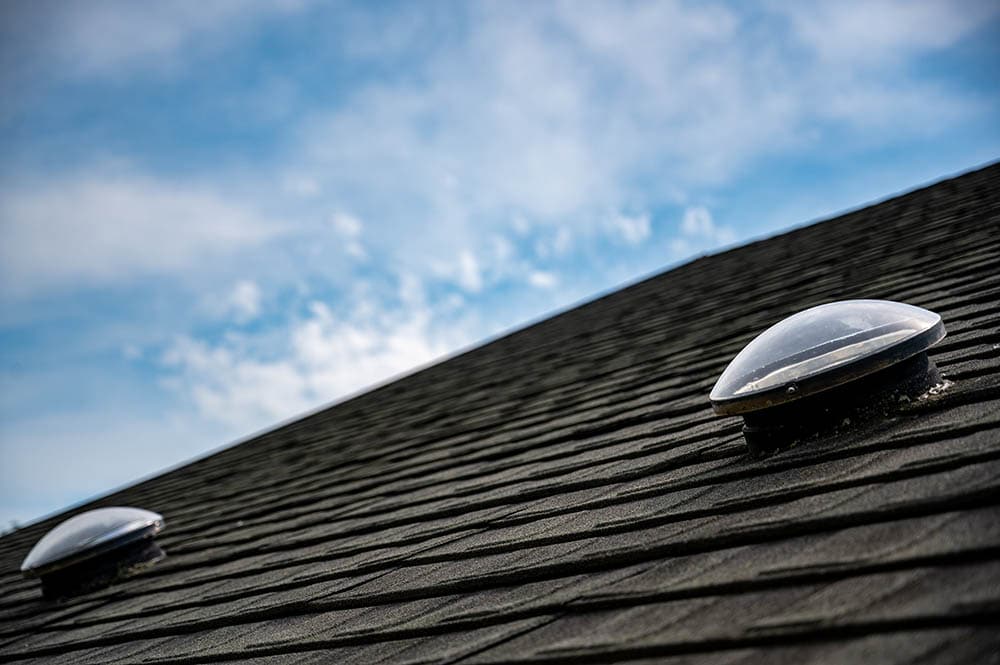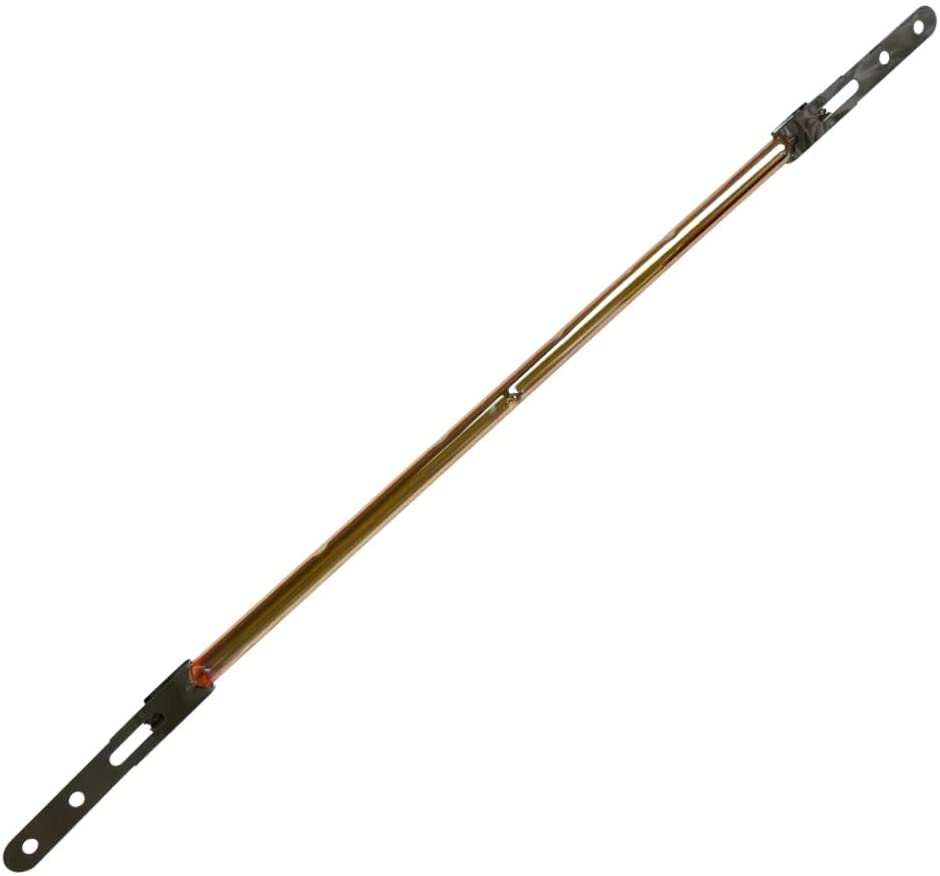5 Solar Tube Lighting Types: Benefits And Drawbacks
-
Pete Ortiz
- Last updated:

Light is one of those crucial components for daily life. Humans need it to see, to get dressed, eat, and carry out their everyday lives. Light can be natural and artificial, coming from the sun or a light bulb.
Natural light has infinite positive aspects. It has plenty of health benefits, such as being a good vitamin D source, it provides warmth, and is known to offer humans positive psychological effects. Having access to natural light in your house is very desirable, but it can be difficult unless you are blessed with massive windows. Luckily, there’s also solar tube lighting.
Solar tubes have risen quite a lot in popularity in recent years because they offer free natural light from the sun directly into your house. The best part is that they are powered by sustainable energy (the sun), which makes their energy free.
What Is a Solar Tube?
Solar tubes are light sources placed in key points of your house with the single goal of providing a strong source of natural light.
One side of the tube has direct exposure to natural light from outside, while the other end projects the light into your home. The tube has a reflective surface that redirects light from the outside to the inside.
The 5 Types of Solar Tubes
1. Infrared Light tubes
Infrared light (IR light) is a type of light wavelength beyond the human eye´s visibility spectrum. However, when it comes to its uses, IR light can be very useful because it’s good for heating and drying.
This type of tube is coated on the inside with highly reflective gold. In some cases, when there is too much light, there are also parts of carbon black coating inside the tube to absorb a bit of the brightness.
- Related Read: What Is Passive Solar Heating? How Does It Work?
2. Light Tube with Reflective Material
This is the classic solar tube type, which contains a highly reflective surface inside the tube. Light is collected on the outside of the tube more efficiently when there is a cupola to effectively direct light rays inside the tube.
It is also said that this type of tube works better with a short, straight shape. Otherwise, the light’s intensity could be heavily diminished.
3. Optical Fiber
Optical fiber transports light from a nearby yet remote location, where it is collected and then sent to the tube. So, it works somewhat like a light bulb, but is powered by sunlight. The light that it emits is quite bright and powerful.
4. Transparent Hollow Light Guides
This tube’s name offers a preview of how it works. This light is purposely hollow, allowing light particles to travel through the air to come out the other side. This is also one of the most common types of tubes, as the reflective surface within the tube gets vast amounts of light without losing almost any intensity.
5. Fluorescence-Based System
Two fluorescent polymers are responsible for capturing short-wave sunlight, normally in the form of UV light. They turn it into a green/red light that is guided to the end of the tube, where it is mixed with artificial blue light to create white light, completely UV or IR-free, which is said to be beneficial for human skin.
Uses Around the World
Solar tubes are already used to light plenty of buildings such as the University of Stockholm, Kastrup Airport, and The University of Arizona, even in one Berlin Metro Station. They were even once used to light the entire Handball arena in the London 2012 Olympics.
Benefits
Choosing to install solar tubes can have many practical benefits that might just make your life and the world a little bit better.
- Natural light: Who doesn’t love a bit of natural light? Unless you’re Dracula, natural light has many positive benefits to your health and general state of wellness. You’ll have more energy and feel overall more positive.
- Environmentally Friendly: For every second you don’t have to use electricity, you´re helping the environment. A 10-inch tube can provide around the equivalent of 100 watts, which is enough to illuminate the room.
- Budget-Friendly: Buying and installing the tubes might just be the most expensive thing you´ll have to do in the entire process. After that, you´re free to enjoy warm sunlight for years. These tubes require very little maintenance, so it’s just a one-time $500–$1000 investment.
- Discrete: Solar tubes are designed to blend in seamlessly with your house. If it feels more natural to you, you can design it to look like there’s a light bulb in its place.
- Easily Installation: Solar tubes are very easy to install and can also be done quickly and efficiently.
- Works beautifully in a hybrid system: This is the perfect way to balance your electrical consumption, as you won’t be able to light your entire house just with solar tubes, but you could get close to a 50:50 light ratio of natural and artificial.

Drawbacks
- No View: Unlike a window or a skylight, solar tubes are so narrow that no image will ever be visible. So, if you´re looking for a view of the outside, you might be better suited with one of the previously mentioned options.
- Only Works During The Day: You can only rely on this type of natural light as long as there is sunlight.
- Few Customization Options: If you think the light from the tube is too bright or too strong, or you simply want to turn it off, it can become a bit complicated since you will need to install secondary materials.
- Not Very Resistant: The tube can indeed be susceptible to damage in places of radical temperatures, therefore, you might need to periodically change it or maintain it.
- Not An Option For Every House: Not all houses can have solar tubes installed due to their shape, structure, or other building restrictions.
- Performance Based on Region: Since solar tubes are dependent on sunlight, it would be unwise to invest in these in places where the sun sets in the early afternoon for more than half the year. Moreover, if you also live in a region in which it rains year-round, it could also prove to be an obstacle.
Conclusion
Solar tubes are a great alternative to using artificial light during the day. They give home dwellers light in an easy and uncomplicated way, all for a very low price. Knowing the different types of solar tubes available can also help you choose the one you’d like as each has its particular benefits.
Featured Image Credit: Lost_in_the_Midwest, Shutterstock
Contents




